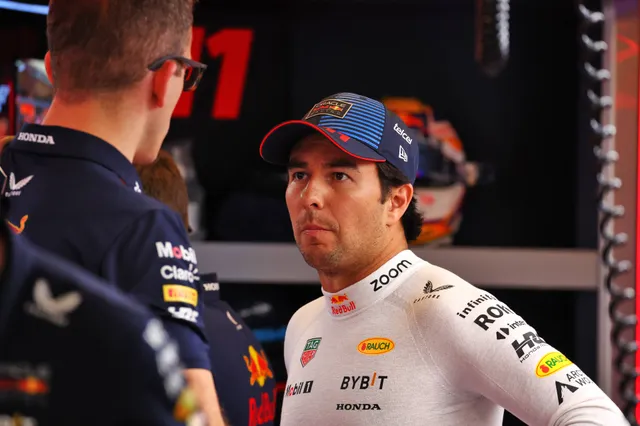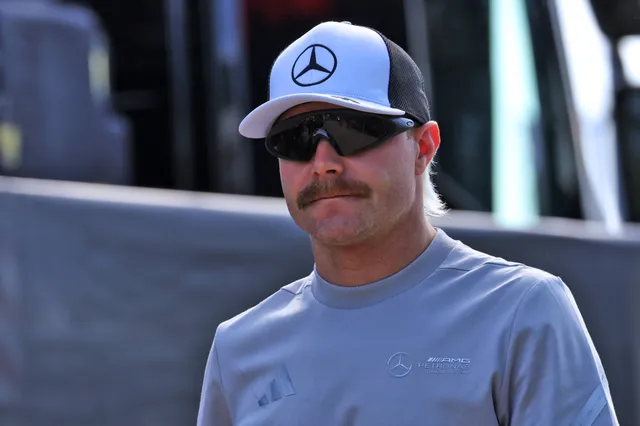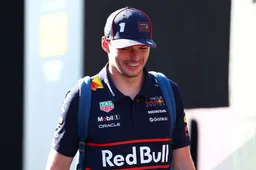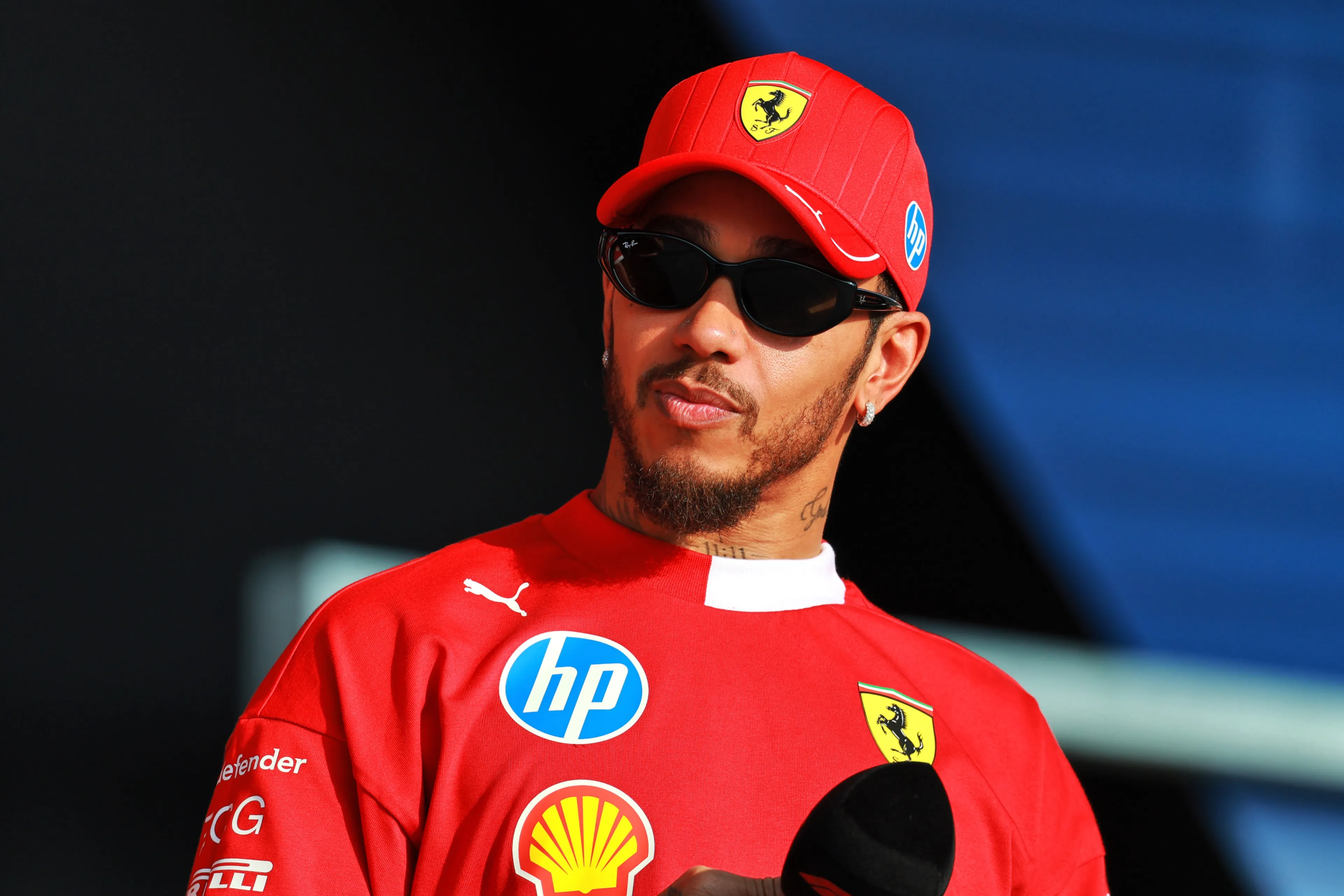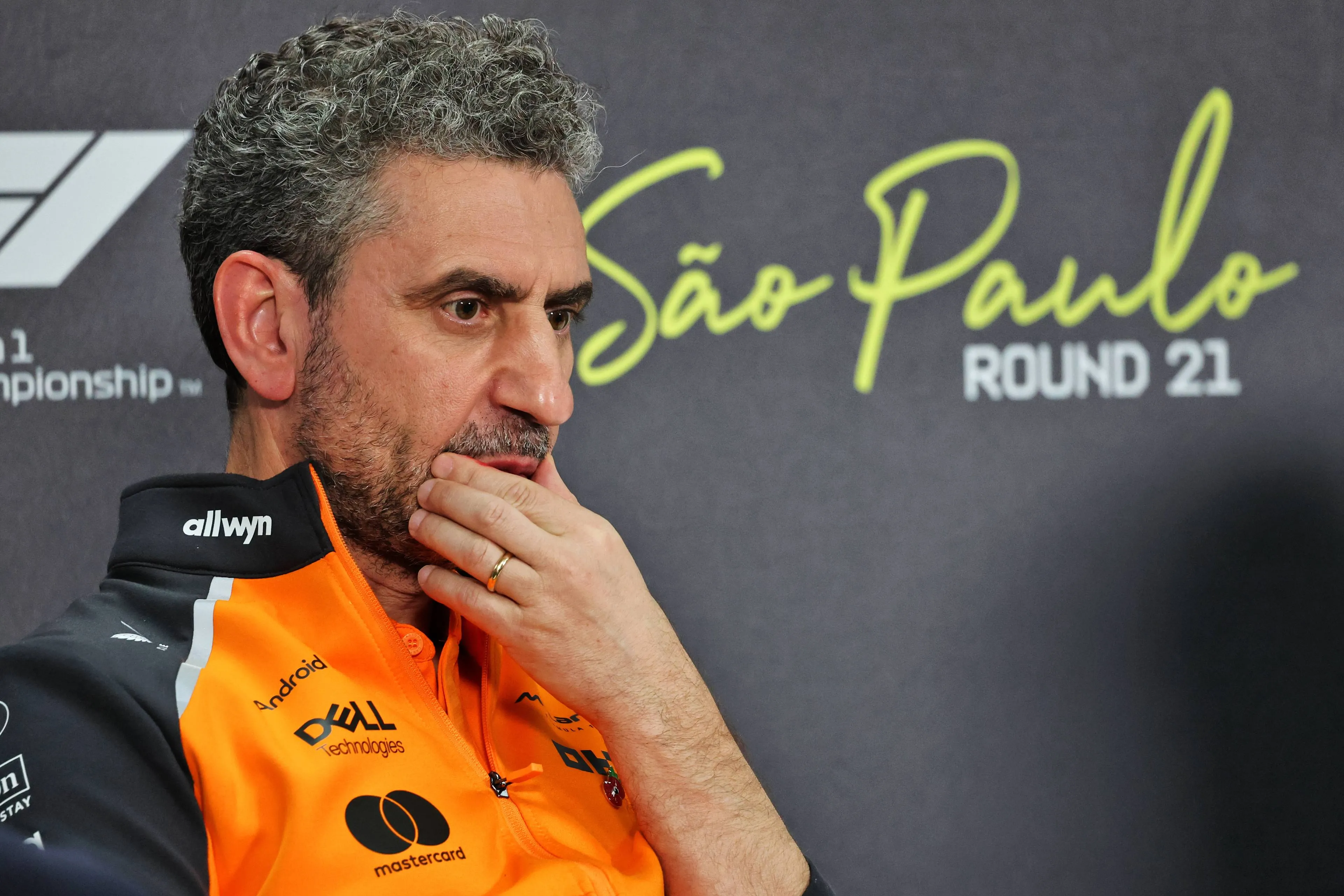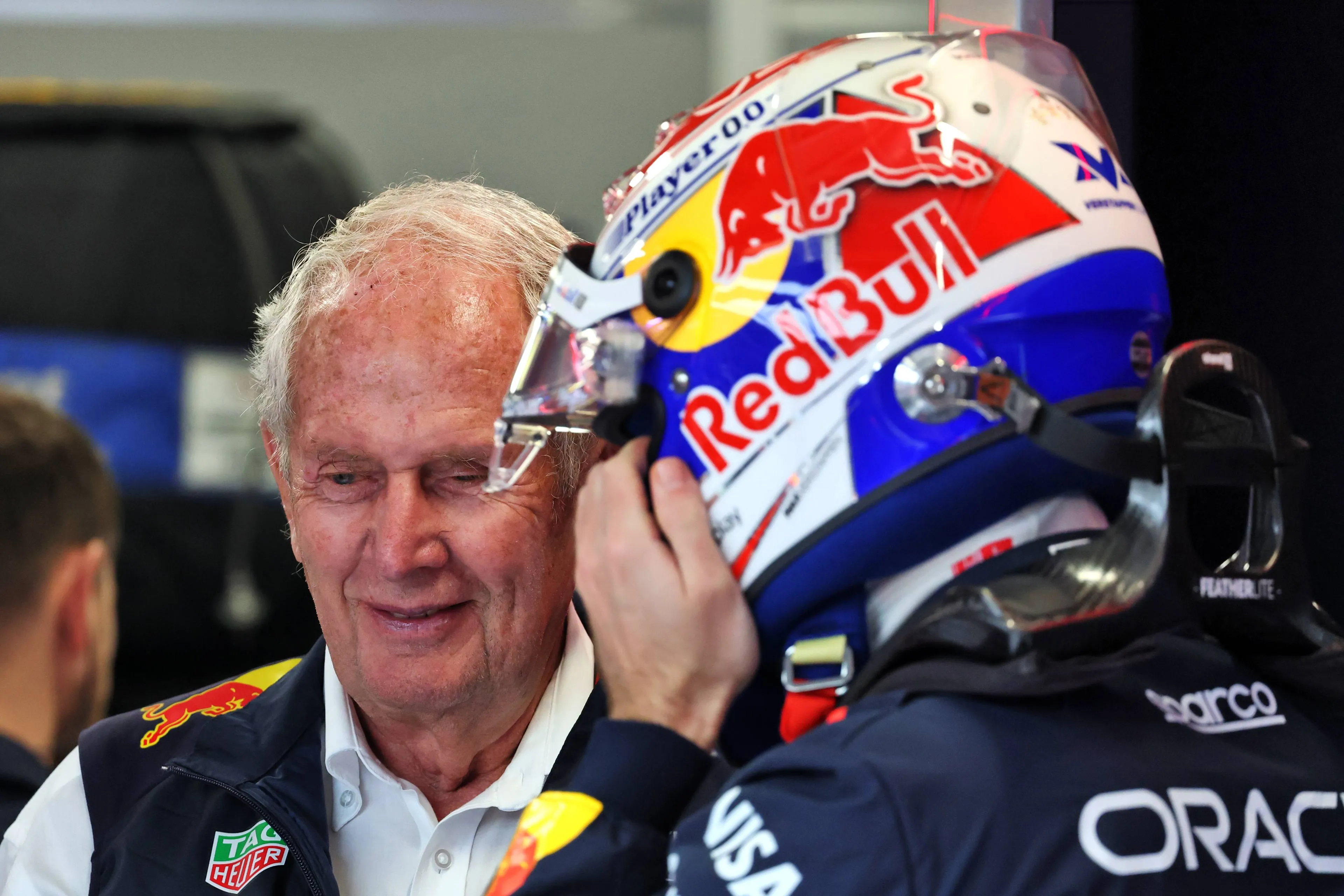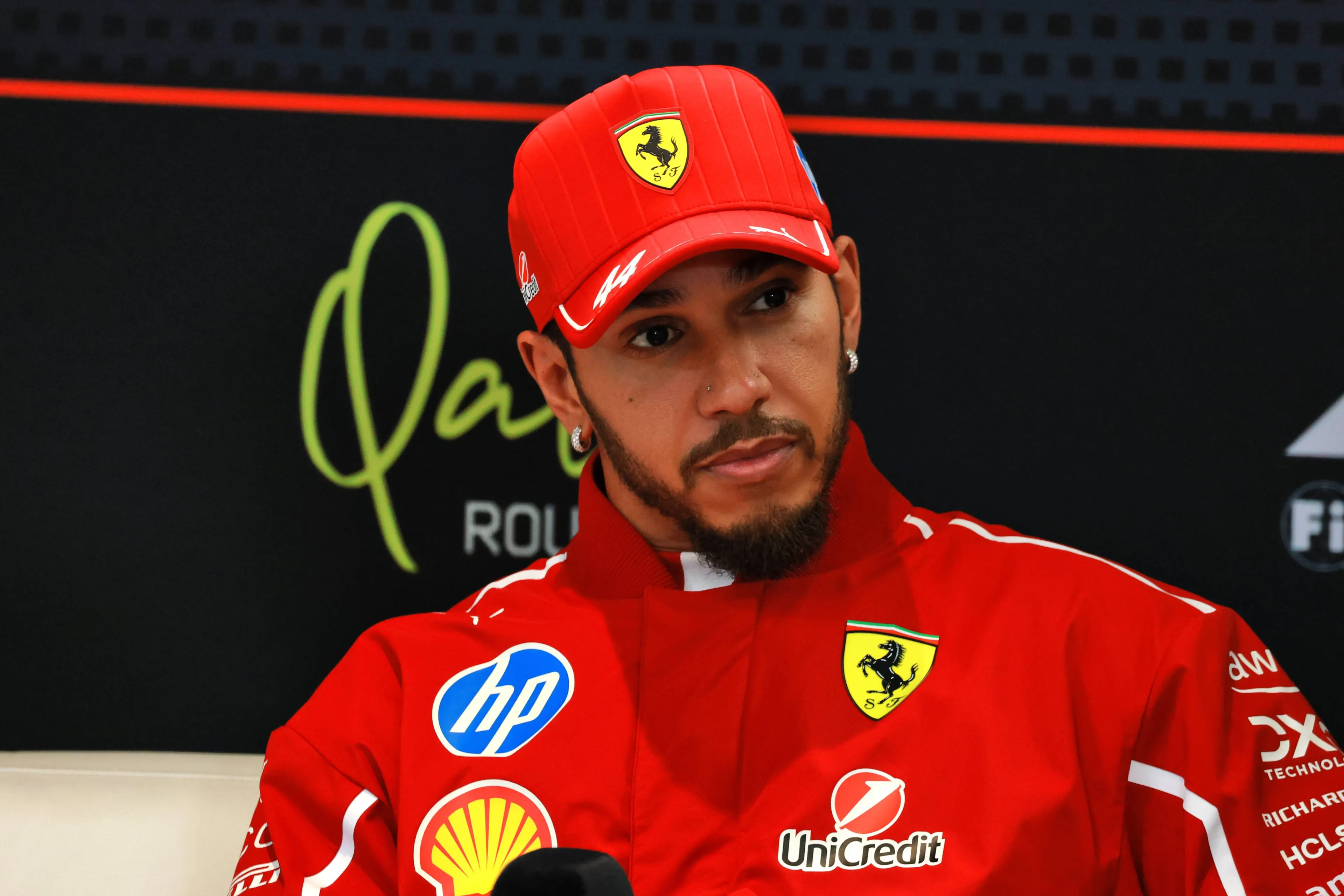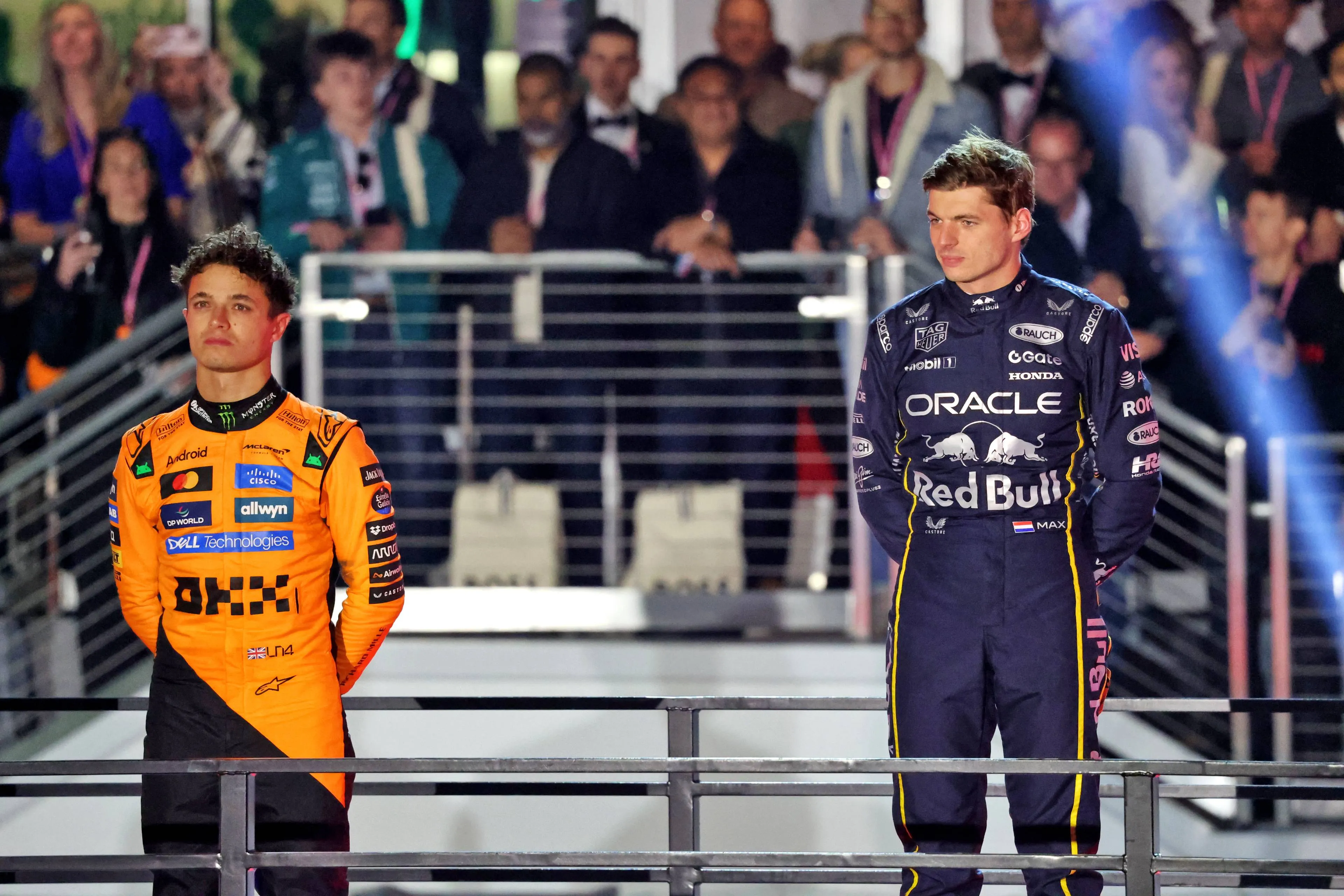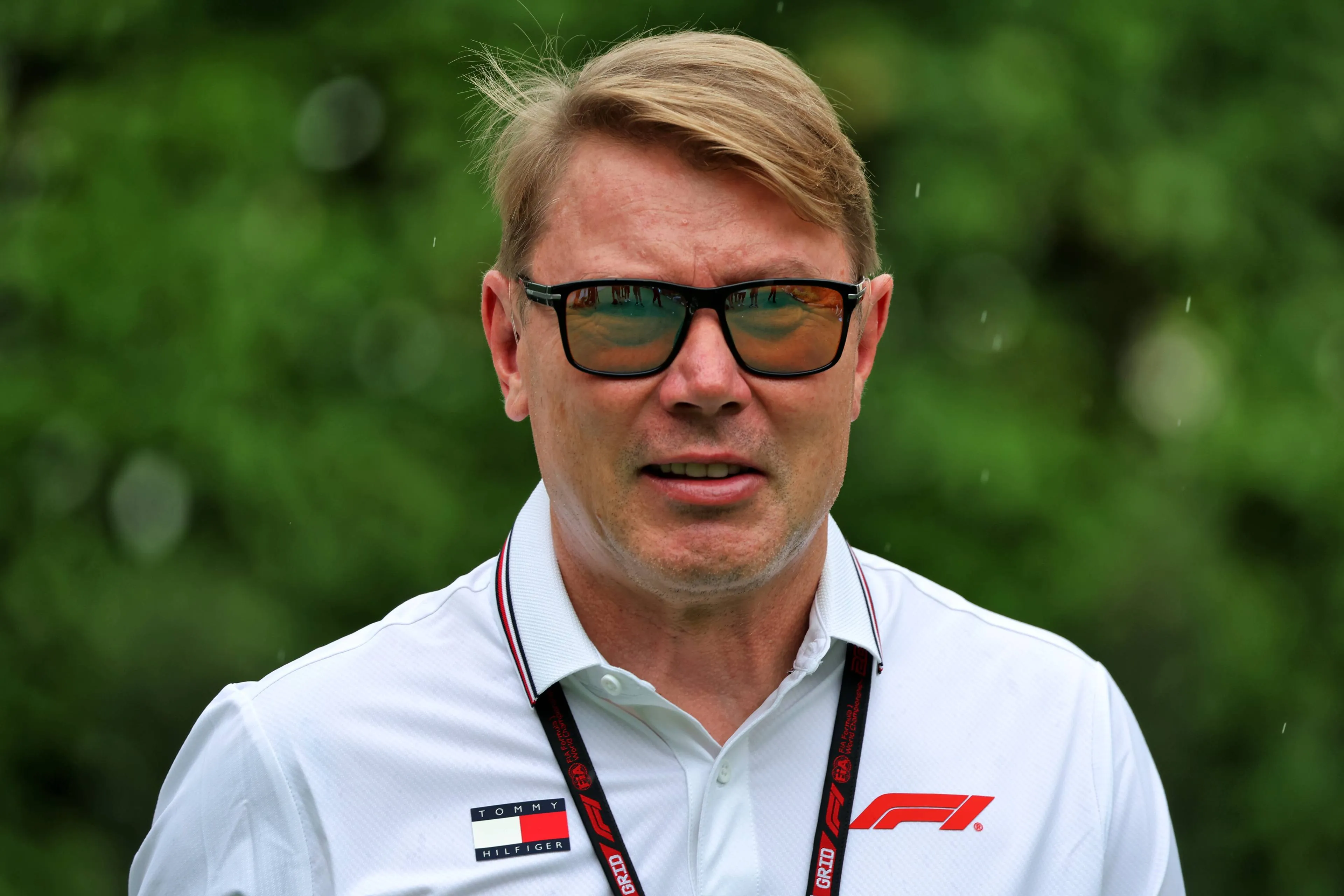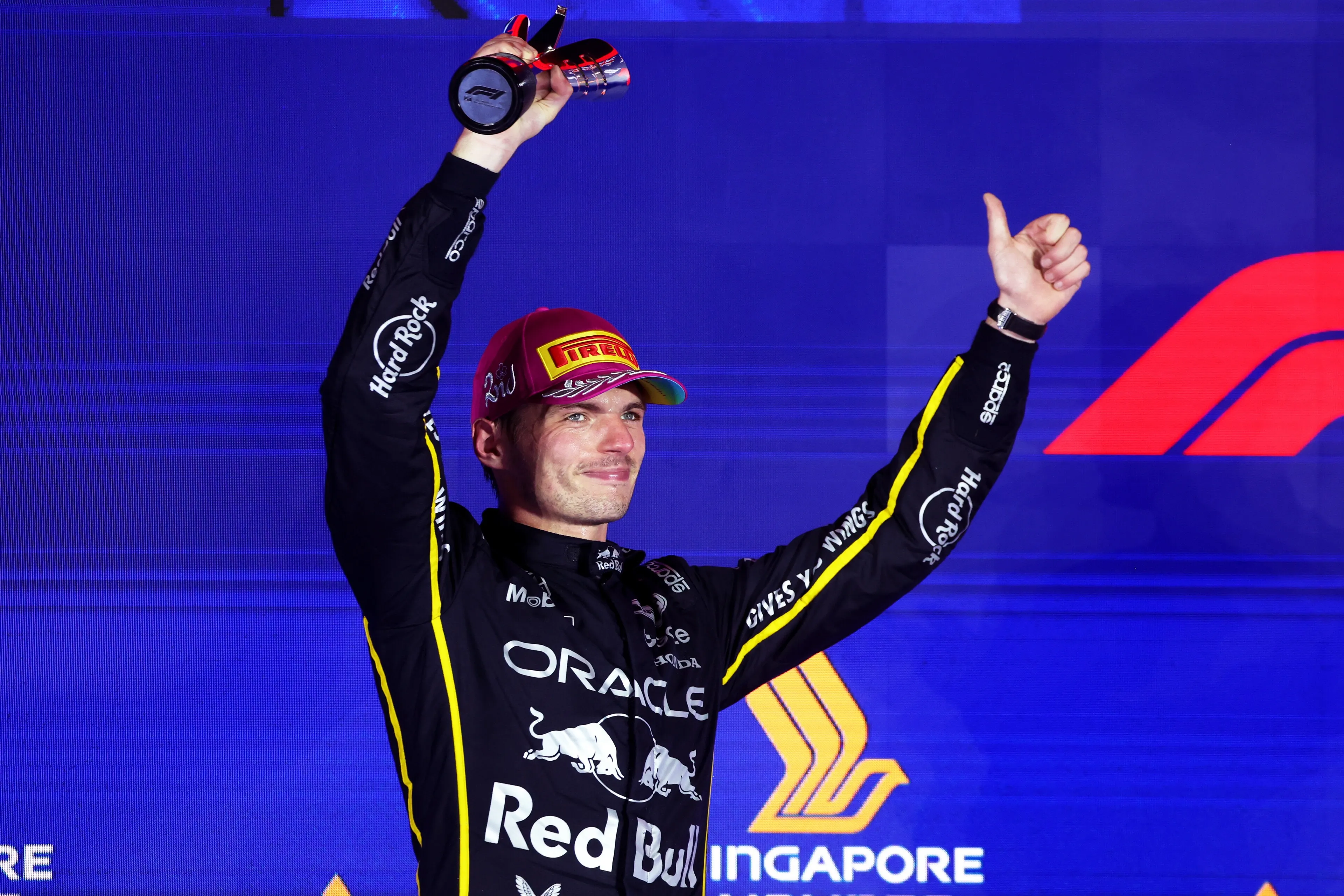BoP to help struggling teams in 2026? FIA answers to the last accusation
FIA’s Nikolas Tombazis has explained how Formula 1 will handle performance differences between engine manufacturers from 2026 onwards. Speaking about the new power unit regulations, he revealed that a system will be in place to allow struggling manufacturers to catch up without changing the core rules.
According to what Tombazis told to Auto, Motor und Sport, the FIA has introduced a programme called “additional development opportunities for performance deficit”. Every six races, the FIA will measure the average performance of each manufacturer. If a brand falls below a certain level, it will be granted additional opportunities depending on how big the gap is. That would allow FIA to limit dominations such as McLaren this year
“These can be represented in three different ways,” Tombazis explained. “More money for development. More dyno hours. More time for the homologation of the specification. Whoever is behind has a chance to catch up.”
Not Balance of Performance
Tombazis stressed that the system should not be confused with Balance of Performance. “That’s exactly what it is not. The rules remain the same for everyone. Nobody gets more engine capacity or more fuel,” he said.
The FIA wants to avoid situations where manufacturers are stuck at the back with no way of closing the gap due to the cost cap. Tombazis referred to Honda’s struggles in 2015: “They had to spend a lot of money to catch up. With a budget cap, there is a risk that you can never recover. And nobody wants to be humiliated forever. That would not be fair.”
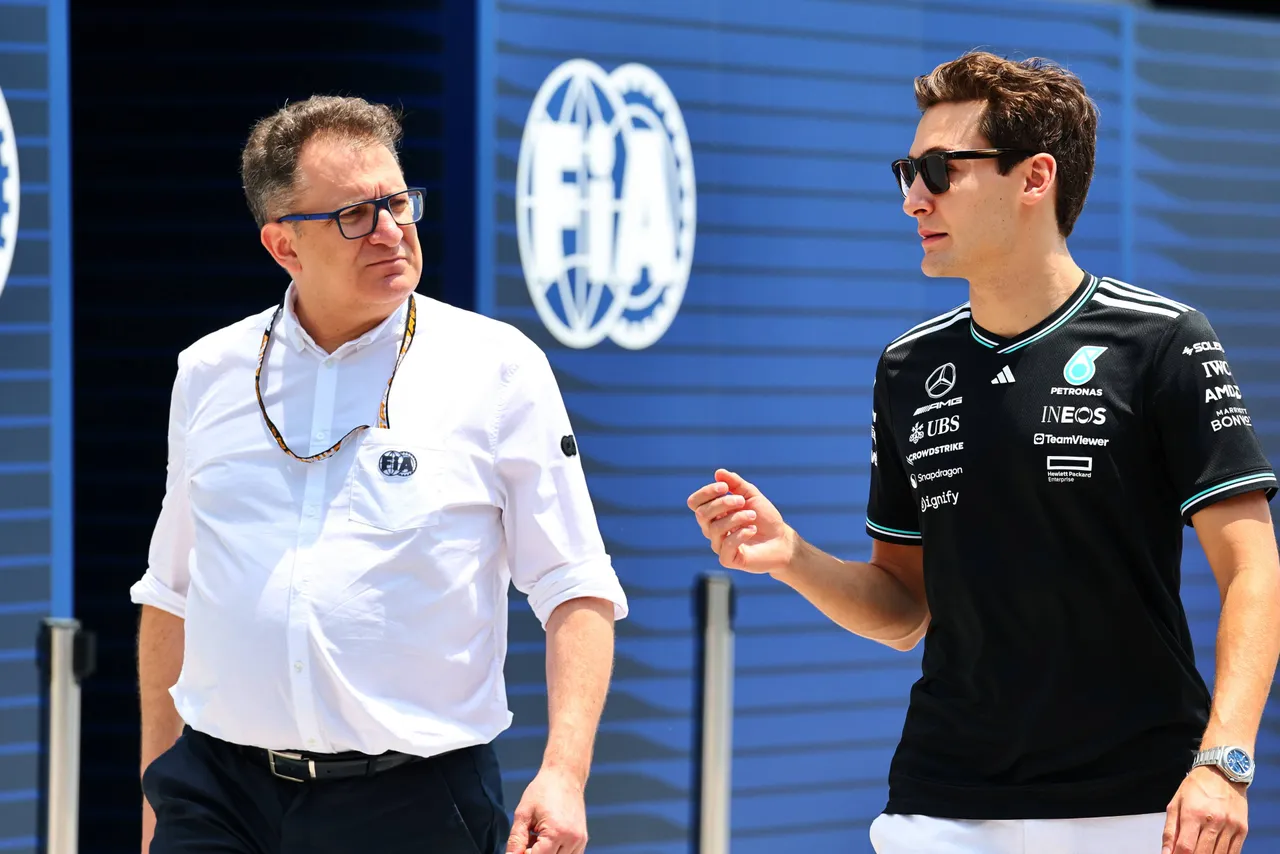
In addition, there are discussions about giving manufacturers the opportunity to make changes if they face serious reliability issues. “It makes no sense to leave someone standing in the rain who has an engine failure every weekend. These power units are expensive. In the extreme case, someone could quickly reach the limits of the cost cap if he does not reduce development at the same time,” Tombazis explained.
One proposal is that after a certain number of engines have been used, additional units could be exempt from the cost cap. This idea still needs to be approved, but according to Tombazis, the manufacturers have been “extremely cooperative” in shaping the new rules.
Read also
Popular on GPBlog
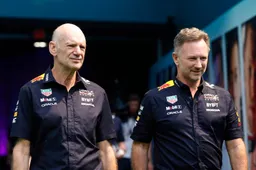
Aston Martin has informed staff following rumors about Horner’s arrival

What Norris needs to do to clinch his first drivers' title in Qatar GP
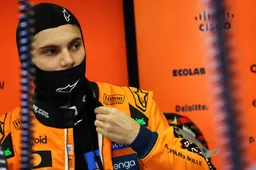
F1 Drivers' Standings | Piastri closes the gap with Sprint win in Qatar



